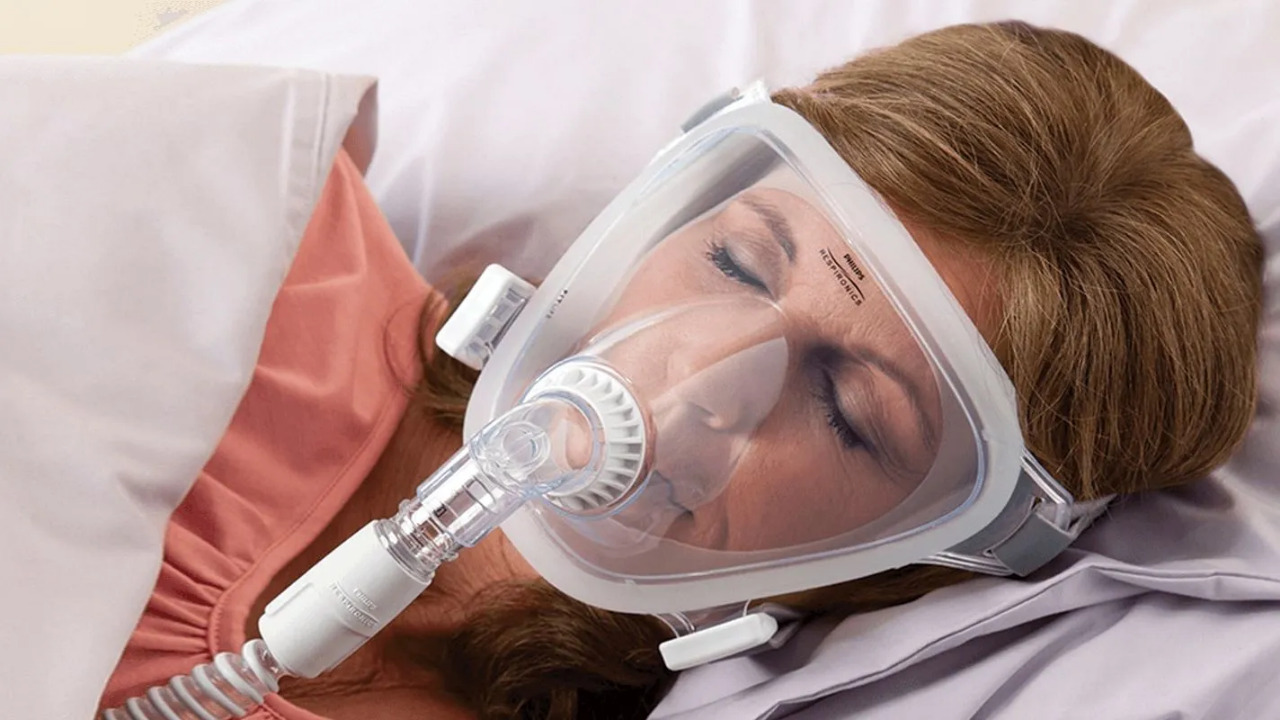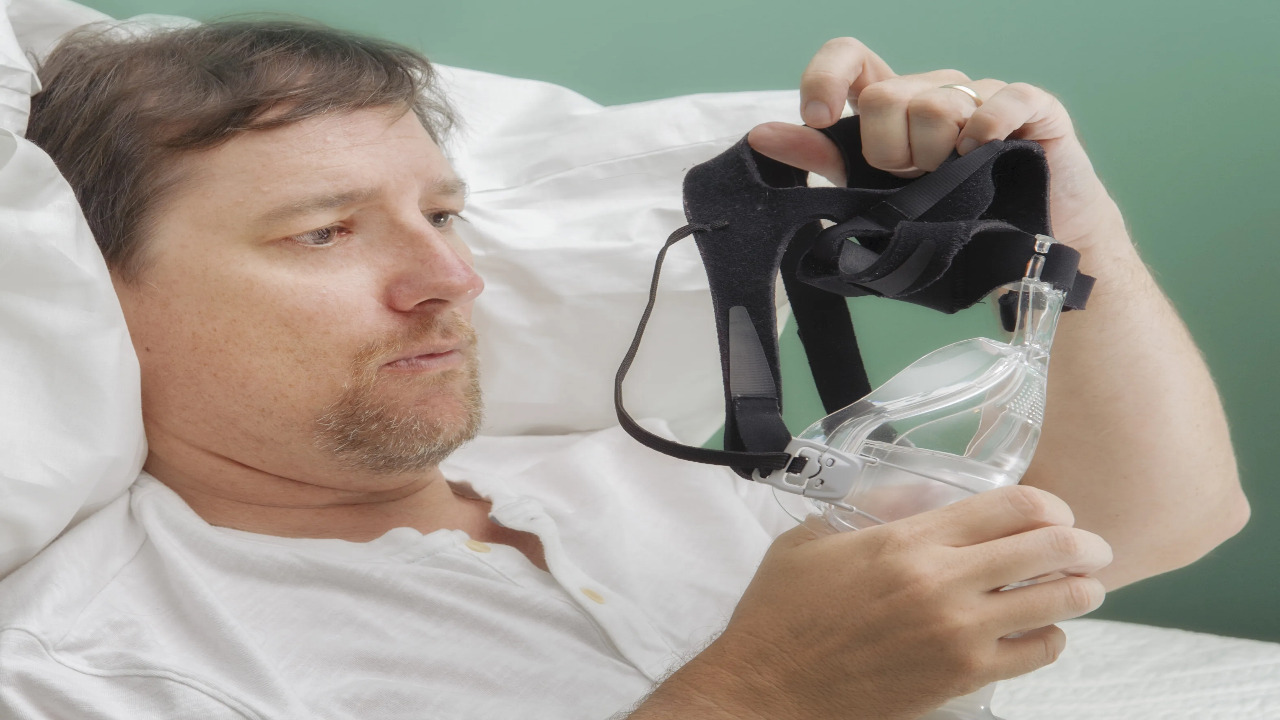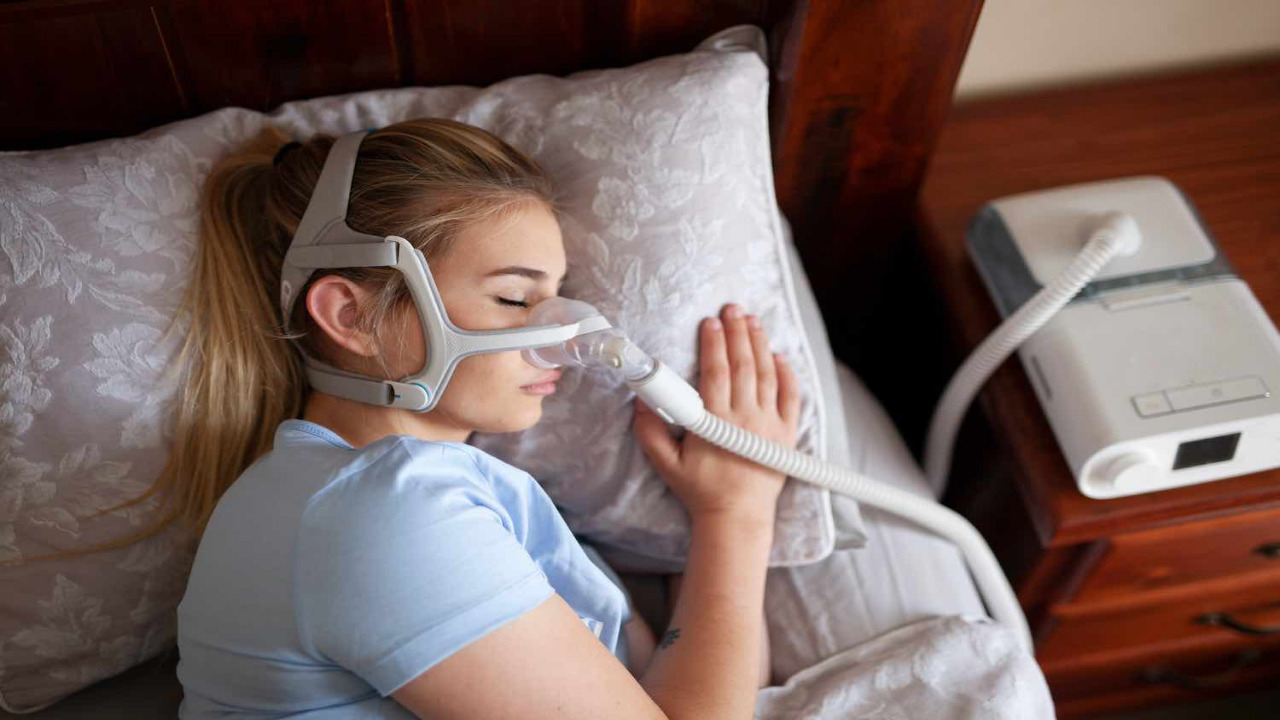BiPAP therapy is a staple of respiratory care, providing relief from the symptoms of obstructive sleep apnea (OSA). With many insurance plans mandating that patients purchase their medical supplies, including BiPAP masks, out-of-pocket, it can be difficult for many to afford their therapy.
When purchasing a BiPAP mask, remember, that you should get No Insurance Medical Supplies BiPAP masks or any other reputable brand mask only after consulting a doctor. Below are other things you need to know about BiPAP therapy.
What is BiPAP?

BiLevel positive airway pressure (BiPAP), called BiPAP (bi-level positive airway pressure), is mask-mounted mechanical breathing equipment used to treat sleep apnea and similar breathing-related diseases. Some patients with COVID-19 may benefit from using BiPAP to postpone mechanical ventilation.
While CPAP is the standard treatment for sleep apnea, another option called BiLevel positive airway pressure (BiPAP) might be more effective in some instances. In contrast to CPAP, which maintains a constant air pressure throughout the breathing cycle, BiPAP adjusts the pressure to match the patient’s inhalation and exhale. Patients who have problems exhaling when using CPAP may benefit from this.
How does a BiPAP function?

The diaphragm is a muscle in the chest that descends when you breathe in. This reduces the pressure in your pulmonary capillaries and sacs, allowing air to enter. If you suffer from a disorder like sleep apnea, you may have trouble breathing at certain times (like while you’re sleeping).
You can be prescribed a BiPAP machine by your doctor. It forces air into your lungs at high pressure. This allows more oxygen to enter, which reduces the risk of conditions like heart attacks.
An average BiPAP machine is about the size of a large lunchbox. A tube connects the machine to your choice of a face mask, a nasal mask, or nasal plugs. The motor of the machine forces air through the duct. With the mask or plugs in place, air might enter your respiratory system. Some BiPAP models have added-on features, such as a humidifier.
You may experience some initial discomfort when using a BiPAP. Most people, though, eventually adjust. Contact your doctor immediately if you experience breathing difficulties while using your BiPAP. Changing the machine’s settings could solve the problem.
Use of BiPAP therapy

Central sleep apnea is treated using BiLevel positive airway pressure (BiPAP) machines (CSA). Breathing stops for extended periods because the brain isn’t sending the right signals to the muscles that govern breathing, which is what causes CSA.
Although its origin is often a mystery, CSA has been observed in people who:
- Diseases of the nervous system, such as Parkinson’s and multiple system atrophy
- Opioid-induced respiratory problems during sleep
- Ischemic heart disease (CHF)
- Before stroke
In extreme cases of obstructive sleep apnea, doctors may also recommend it (OSA). Sleep apnea due to obstruction of the upper airway is more prevalent than other forms.
OSA is caused by a mechanical condition that restricts the airways, such as chronic obstructive pulmonary disease (COPD) or pulmonary edema, in contrast to CSA, which is neurologic (connected to the brain).
When both CSA and OSA are present, a treatment that combines the two, known as BiPAP, is the most effective option.
Conclusion
BiPAP therapy is an alternative to CPAP for those with problems with the air pressure generated by traditional CPAP masks. Traditional CPAP masks are typically used for sleep apnea patients. They are built to deliver a constant stream of pressurized air into the lungs, which is what distinguishes them from BiPAP therapy.
